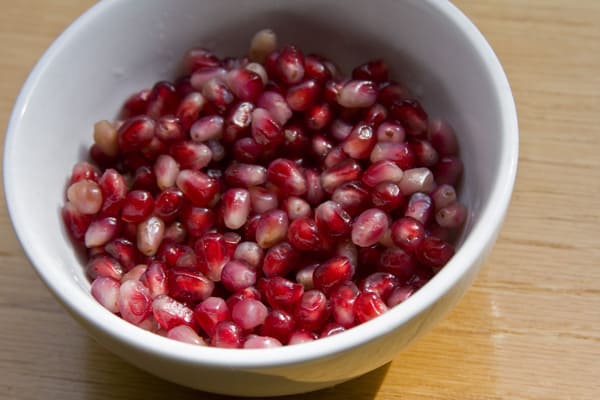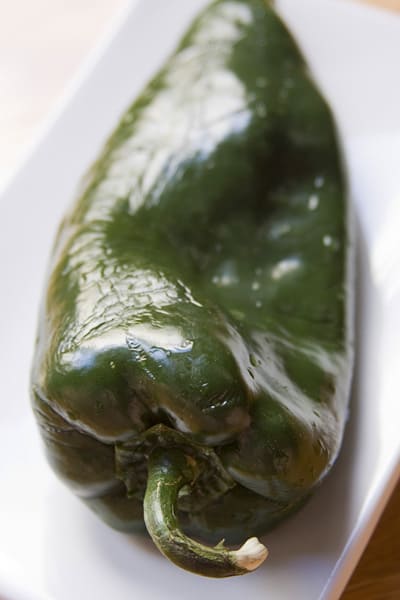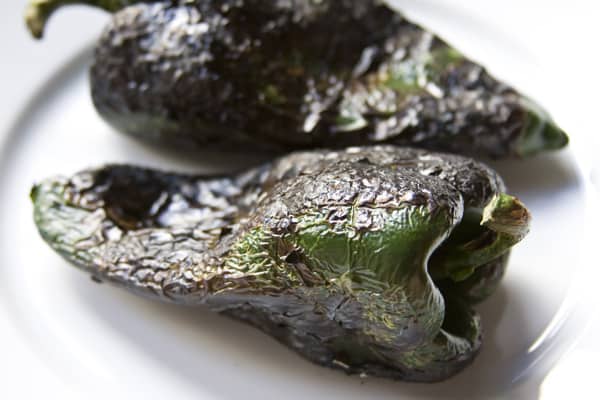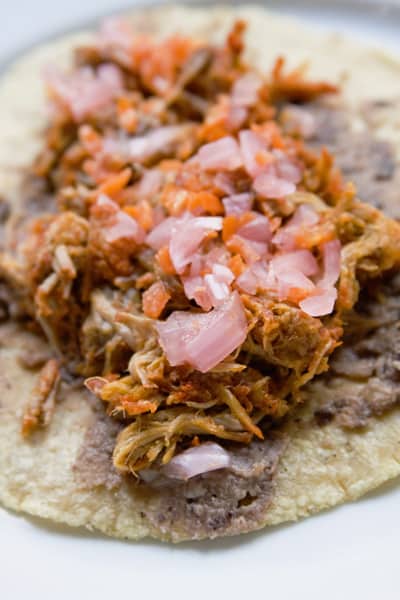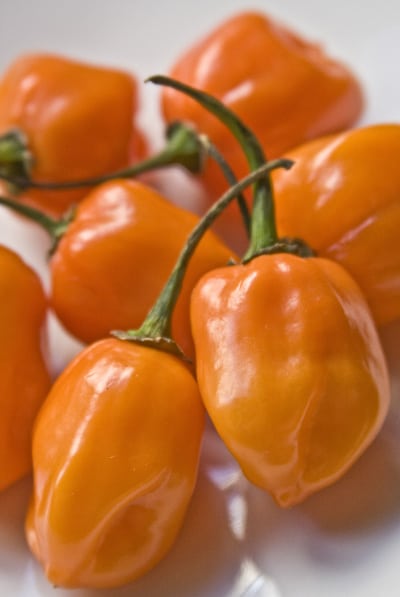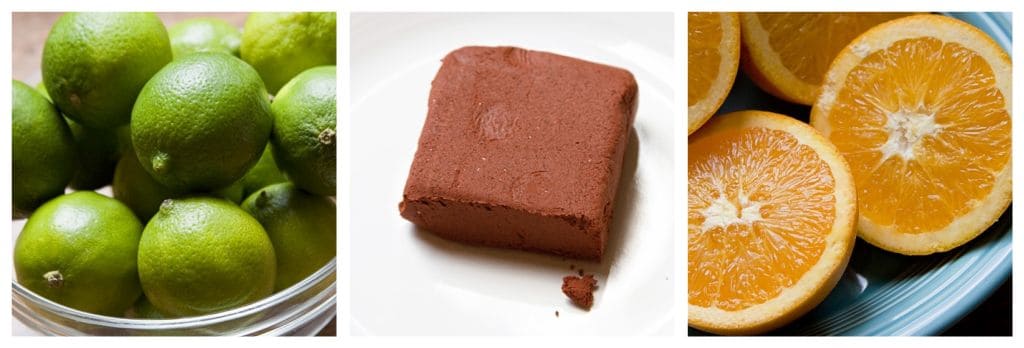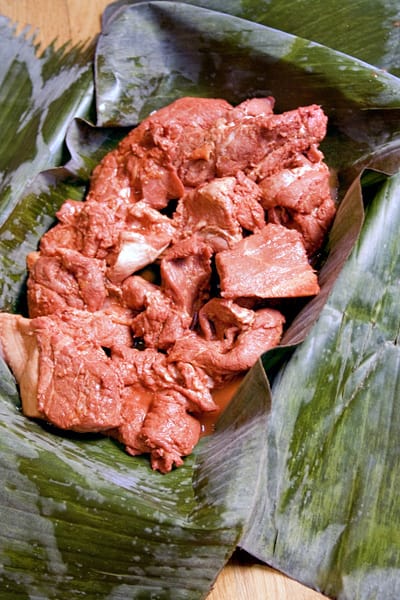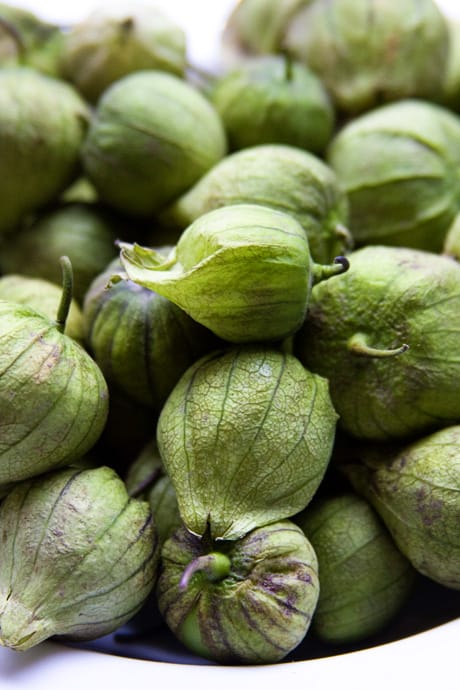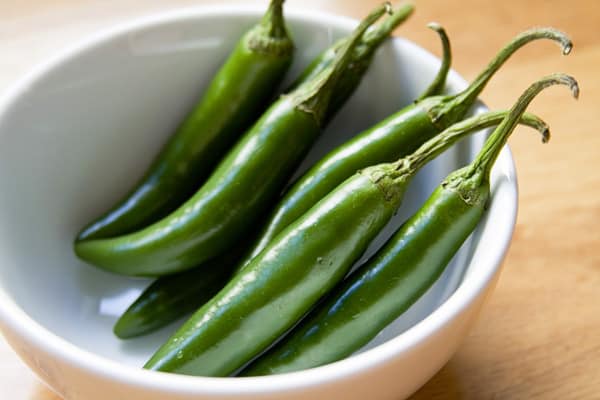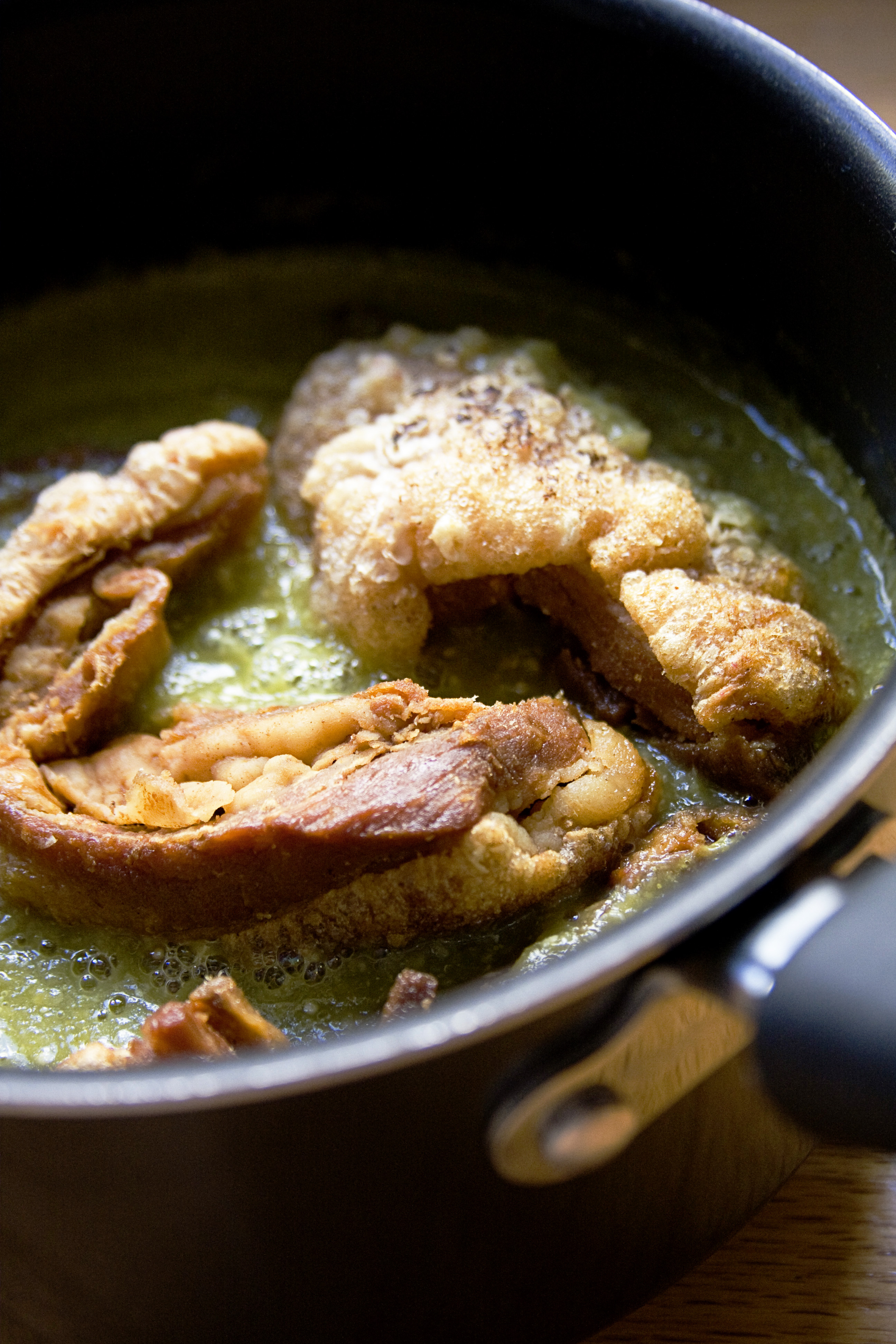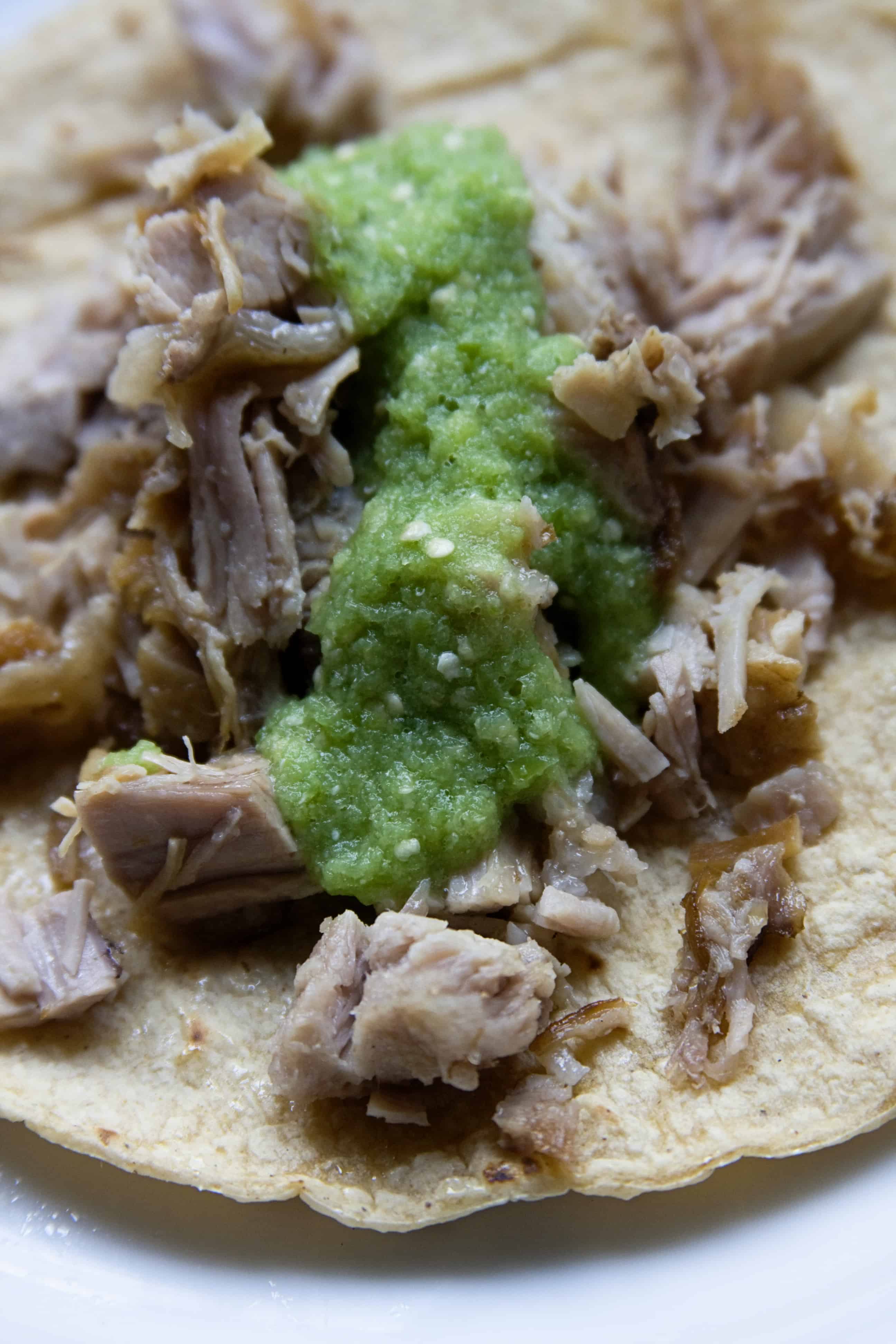In case you missed it last week… check out our salsa de tres chiles on the Kenmore Genius Blog – the ultimate fresh, homemade dip for your tortilla chip! Warning: you may never be able to eat crappy restaurant “salsa” ever again after tasting this stuff. You know what I’m talking about – that runny, watery, often bland mess of tomatoes, onion and jalapeños they serve at chain restaurants. You’ll have to visit the Genius Blog for the full recipe with instructions, but here’s a sneak peek of the video:
[youtube]http://www.youtube.com/watch?v=qjYHU9woZ1s[/youtube]
- Give this post a Facebook “Like” or a +1 on Google+ if you pledge to never eat bad salsa again!
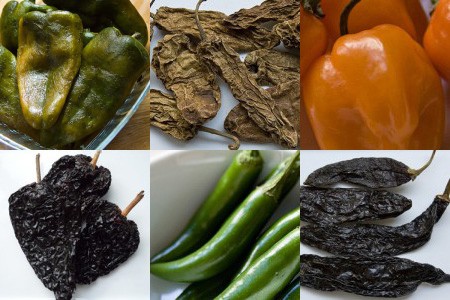
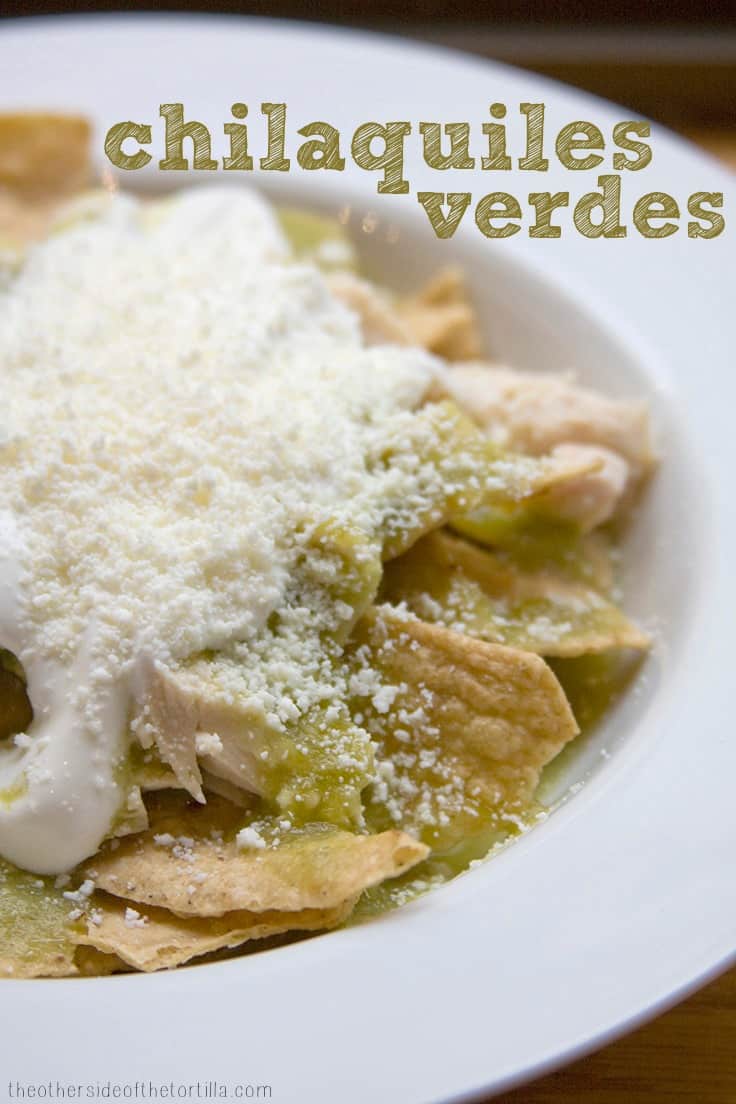
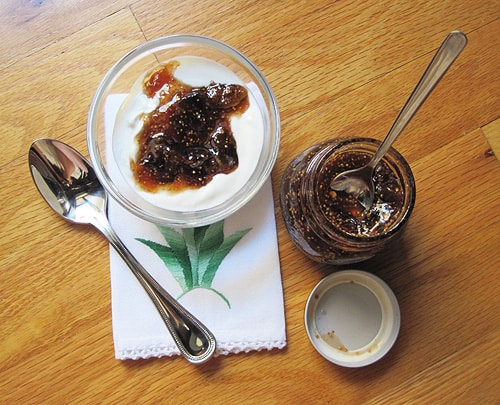
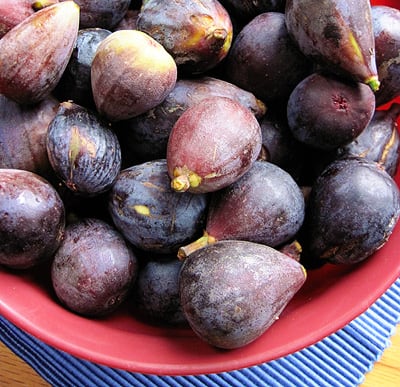
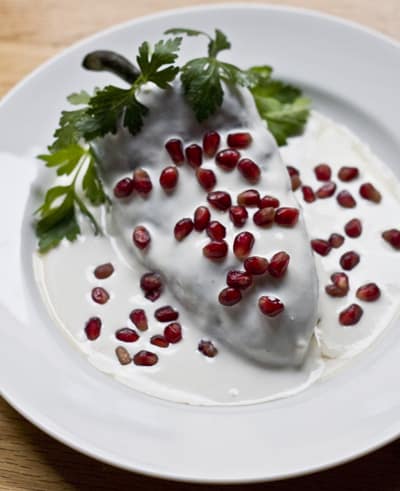
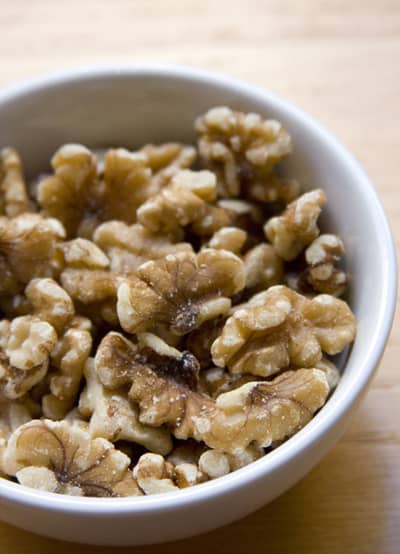
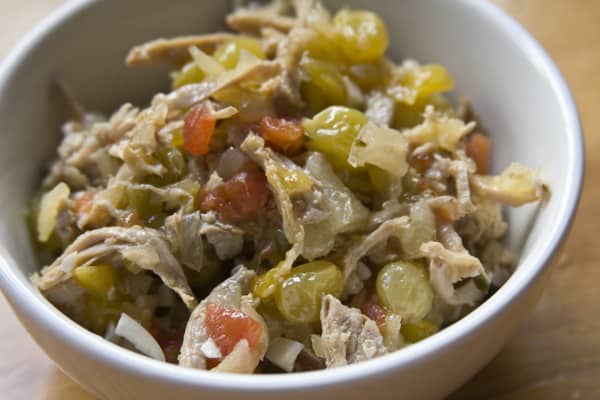
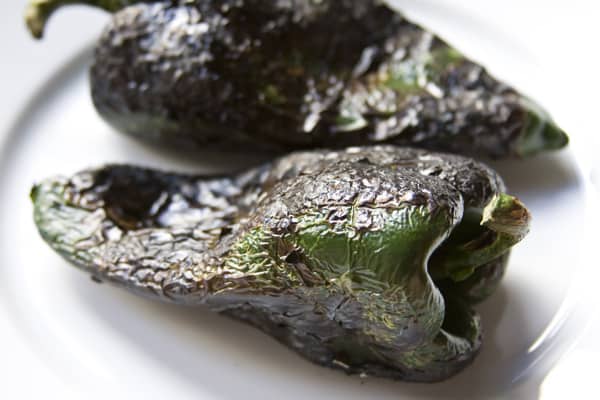 Roast the chiles over an open flame and peel them. Make a large cut down the side of each chile, making sure to not break them or rip the skin. (I suggest using latex gloves for the next step.) Using your fingers, carefully remove the seeds from inside the chile and then use the knife to remove any large veins. If you need a full tutorial with step by step instructions on how to roast them, you can reference my post on
Roast the chiles over an open flame and peel them. Make a large cut down the side of each chile, making sure to not break them or rip the skin. (I suggest using latex gloves for the next step.) Using your fingers, carefully remove the seeds from inside the chile and then use the knife to remove any large veins. If you need a full tutorial with step by step instructions on how to roast them, you can reference my post on 